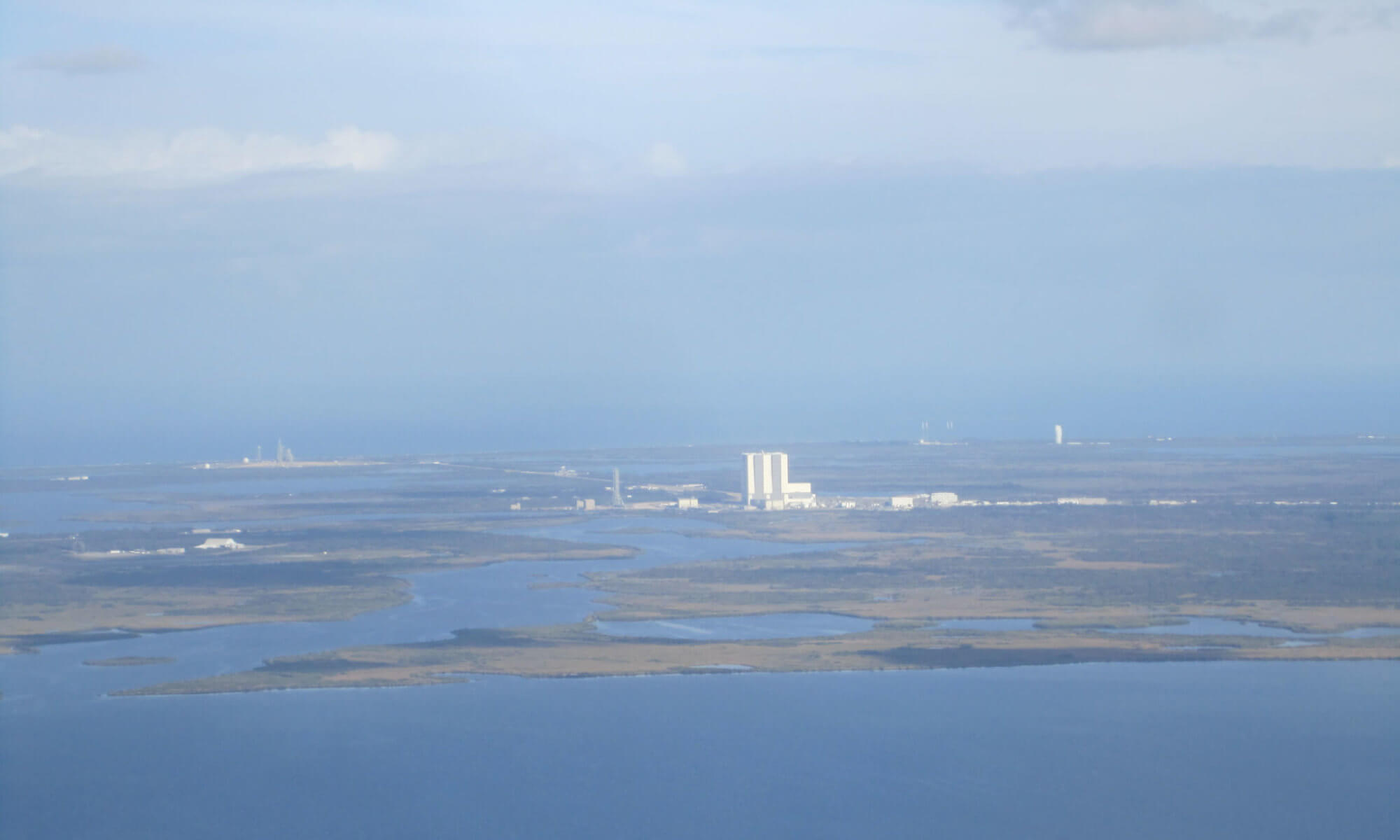With Dex’s ostensible quest to the Hermitage in the wilderness completed, they and the robot Mosscap venture into human lands, where a robot has not been seen in generations. They are met everywhere with curiosity and wonder as Mosscap asks anyone he meets what they “need”. But the answers are not what it is expecting.
As in the first novella, the characters are on quests that lead them to unexpected places. The second book bookends the story neatly, with the robot as a stranger among humans, while the first book was about the human as a stranger in the wilderness. The story further explores how wonder at the nature of the Universe and existence seem universal regardless of what form consciousness takes. The reader is left feeling happy and full of ponderings.
























